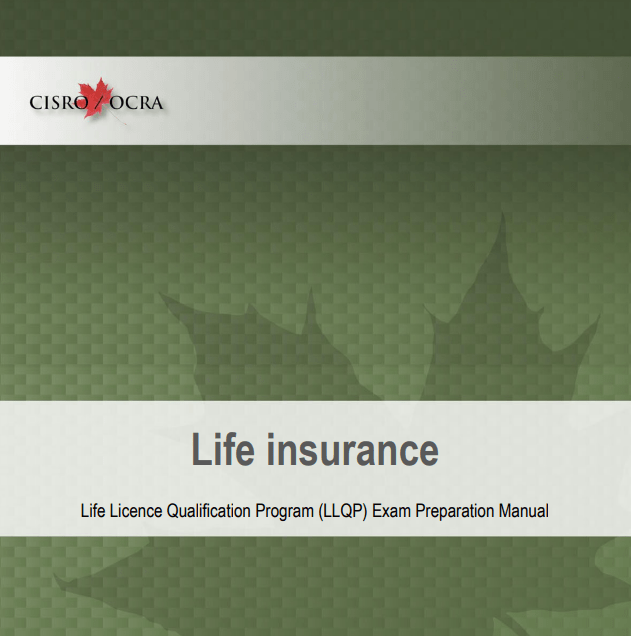
The Financial Components of a Mortgage
The basic premise behind every mortgage is the borrower’s promise to repay the amount borrowed. There are several components to a mortgage, as is illustrated in the Standard Charge Terms, but at its core a mortgage payment is made up of the following financial components:
Mortgage brokering in Ontario is regulated by the Financial Services Commission of Ontario (FSCO) and requires a license. To obtain a license you must first pass an accredited course. The Real Estate and Mortgage Institute of Canada Inc. (REMIC) is accredited by FSCO to provide the course. For more information please visit us at www.remic.ca/getlicensed or call us at 877-447-3642.
The Face Value:
The face value or the face amount of a loan is the total amount of the mortgage that is registered against the property. This is the amount that the borrower has contracted to repay. It is important to note that this amount is not necessarily what the borrower receives, but it is the amount for which the borrower is liable.
The Term:
The mortgage contract will indicate the time that the contract will be in force. After this time expires the contract must either be paid in full (referred to as paying the lender a balloon payment) or renewed with the current lender. These are the only two options that a borrower has.
Refinancing with the current lender has the same effect as making a balloon payment since the mortgage is paid out by the new loan. In essence, the lender is giving itself the balloon payment. The same occurs with a switch or a transfer of the mortgage from one lender to another. In this case, the mortgage is paid out through a balloon payment made by the new lender.
The Amortization:
The contract will stipulate the amortization period for the mortgage. The amortization refers to the total number of years that it will take to fully repay the amount borrowed, and requires a blended periodic payment of both interest and principal. Interest Accruing Mortgages and Interest Only Mortgages do not have an amortization period and are discussed later under “Types of Contemporary Mortgage Repayment Plans.”
The Interest Rate:
The mortgage contract also stipulates the amount of interest charged to the borrower, including how this interest is to be calculated. Slight variations in the rate will lea d to changes in the payment amount as well as the amount paid in interest. For example, a mortgage with a face value of $200,000 amortized over 25 years, with a 5-year term and a rate of 6% calculated semi-annually, will result in a monthly payment of $1,279.62. Over the term of the mortgage, the borrower will repay $76,777.20, of which $20,327.06 will be applied to principal and $56,450.14 will be applied to interest.
If the rate were 6.1% instead of 6%, with all other factors remaining the same, the borrower would be making payments of $1,291.53. Over the term of the mortgage, the borrower would repay $77,491.80, of which $20,074.54 would be applied to principal and $57,417.26 would be applied to interest. This .1% increase in the rate from 6% to 6.1% has resulted in a $714.60 increase in the amount paid during the first 5 years by the borrower, or an average of $142.92 per year.
The Compounding Frequency of the Interest Rate:
Lenders must indicate the rate of interest being applied in either annual or semi-annual compounding, as per the Interest Act, R.S., 1985, c. I-15, s. 6; 2001, c. 4, s. 92. More information on the effects of compounding frequencies may be found in the chapter, Calculating a Mortgage Payment. The following section of the Interest Act clearly stipulates that
“Whenever any principal money or interest secured by mortgage on real property or hypothec on immovable is, by the mortgage or hypothec, made payable on a sinking fund plan, on any plan under which the payments of principal money and interest are blended or on any plan that involves an allowance of interest on stipulated repayments, no interest whatever shall be chargeable, payable or recoverable on any part of the principal money advanced, unless the mortgage or hypothec contains a statement showing the amount of the principal money and the rate of interest chargeable on that money, calculated yearly or half-yearly, not in advance.” R.S., 1985, c. I-15, s. 6; 2001, c. 4, s. 92.
The Payment Amount:
The contract will lay out the amount of each payment during the term, based on the face value, interest rate, payment frequency, and the amortization. It is of interest to note that the term is not used in the calculation of the payment amount. The term is only of interest to the date of the contract expiry.

Cain Daniel
Cain Daniel has held positions with both a national mortgage brokerage firm and an Ontario Credit Union for the past 8 years. His previous roles include training and development for a national financial services company, as well as an instructor while in Germany. Cain continues to be instrumental in the development of Remic’s sales training modules, marketing content, and social media workshops. He is responsible for assisting brokerages grow their business through new agent training and the implementation of educational and training programs designed to increase the brokerage’s market share and overall agent performance.











